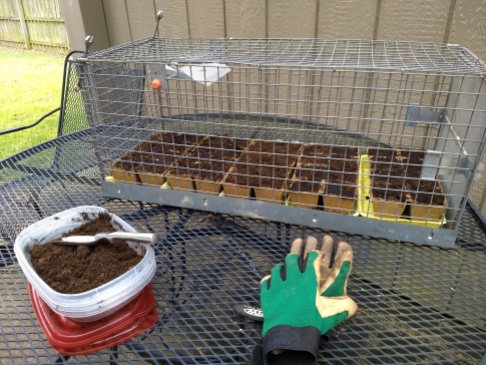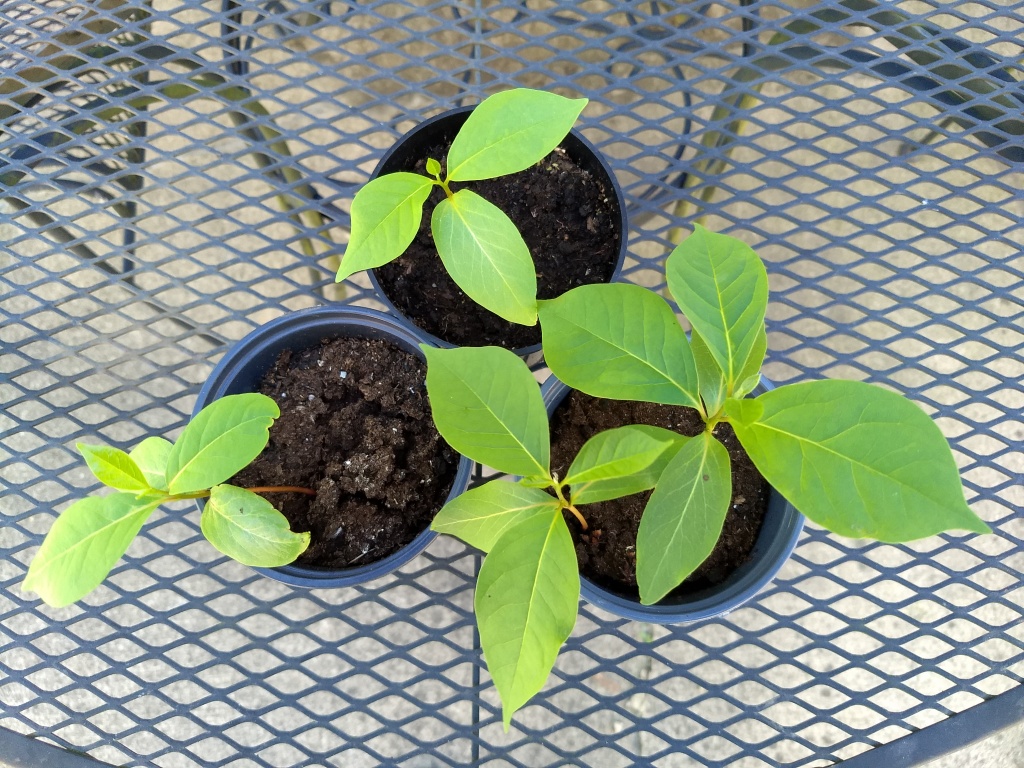
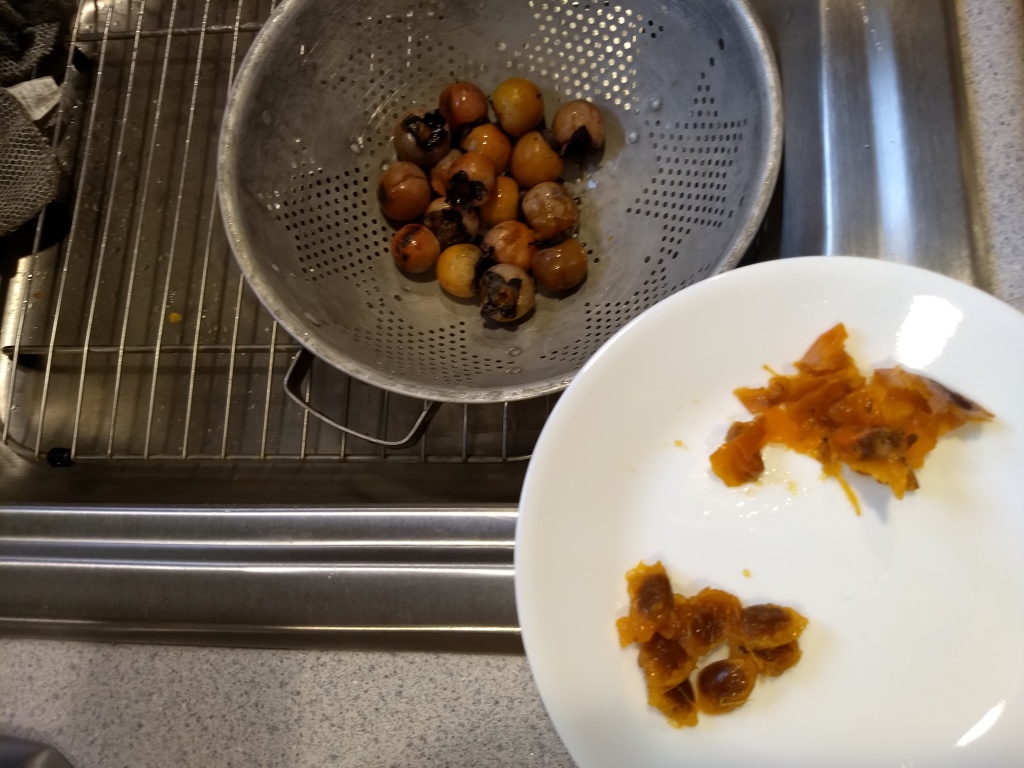
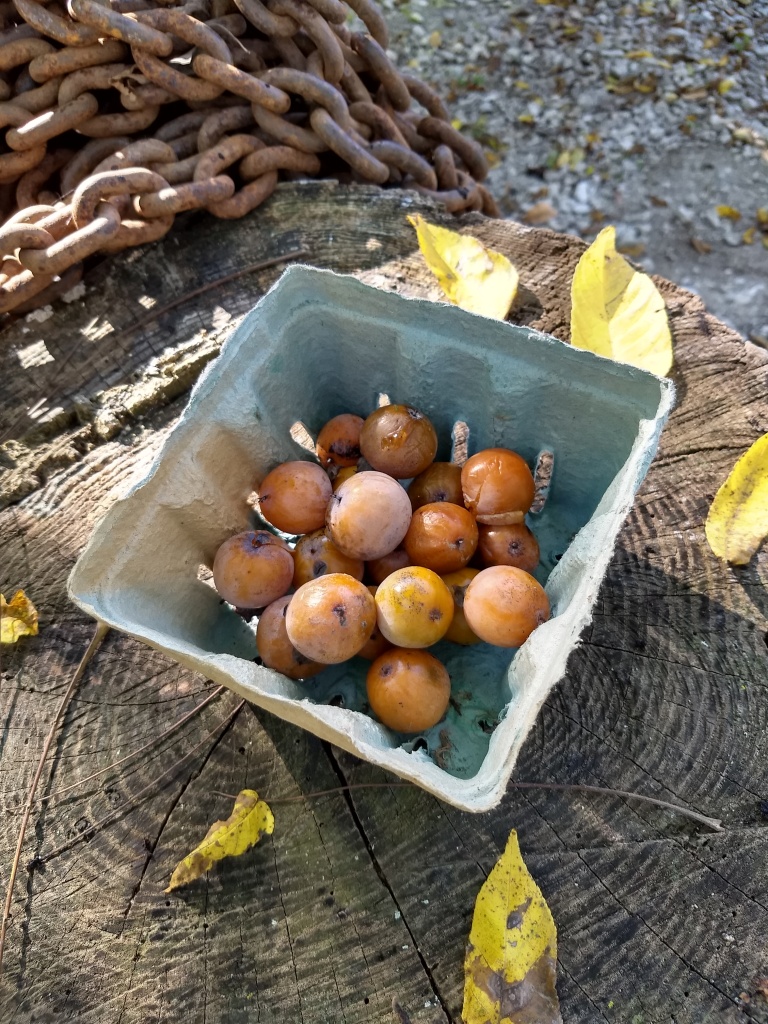
Back story and the reason for celebrating FOUR persimmon seedlings.
Fall 2019: Content and failed trial inspired by
“How to Grow Oak Trees from Acorns” Shelly Wigglesworth Oct 16, 2018, published in New England Today, Living
I like the idea of refrigerating with peat and barley in a sealed container over winter.
Shelly recommended discarding acorns with pin holes. They are made by “inch” worms exiting the hull. I believe the worms enter under the cap. After checking closely and drying about two weeks, I discarded 20 acorns of the 60+ I had gathered from our backyard.

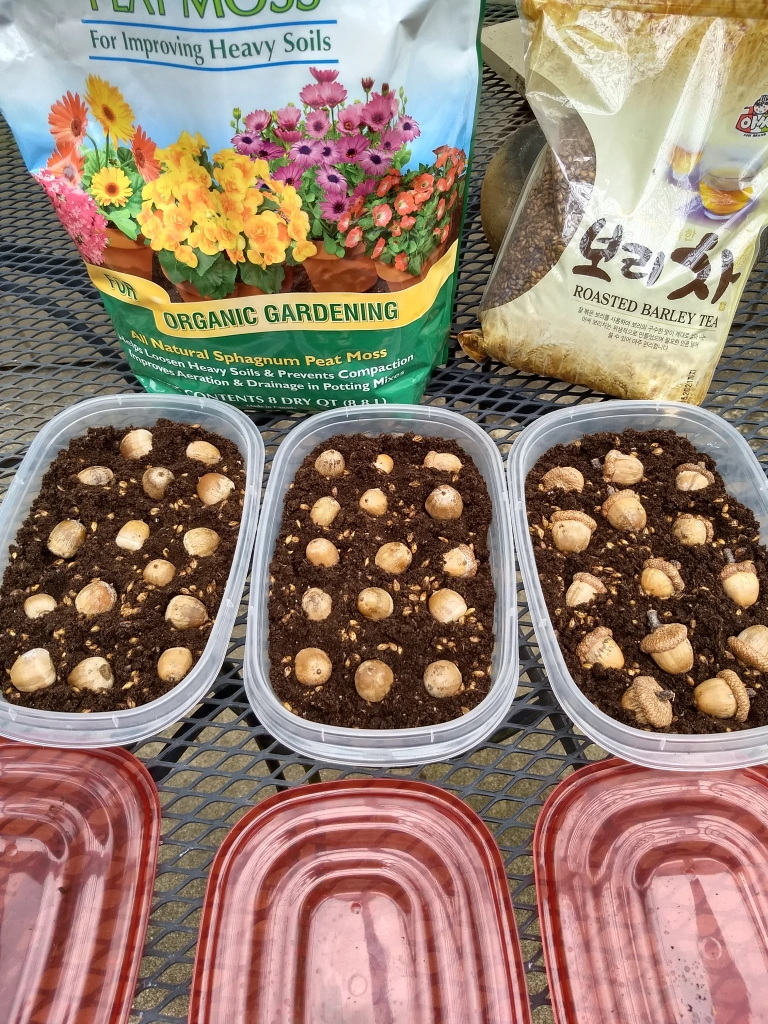

Here we “grow” again…today March 11, 2020…
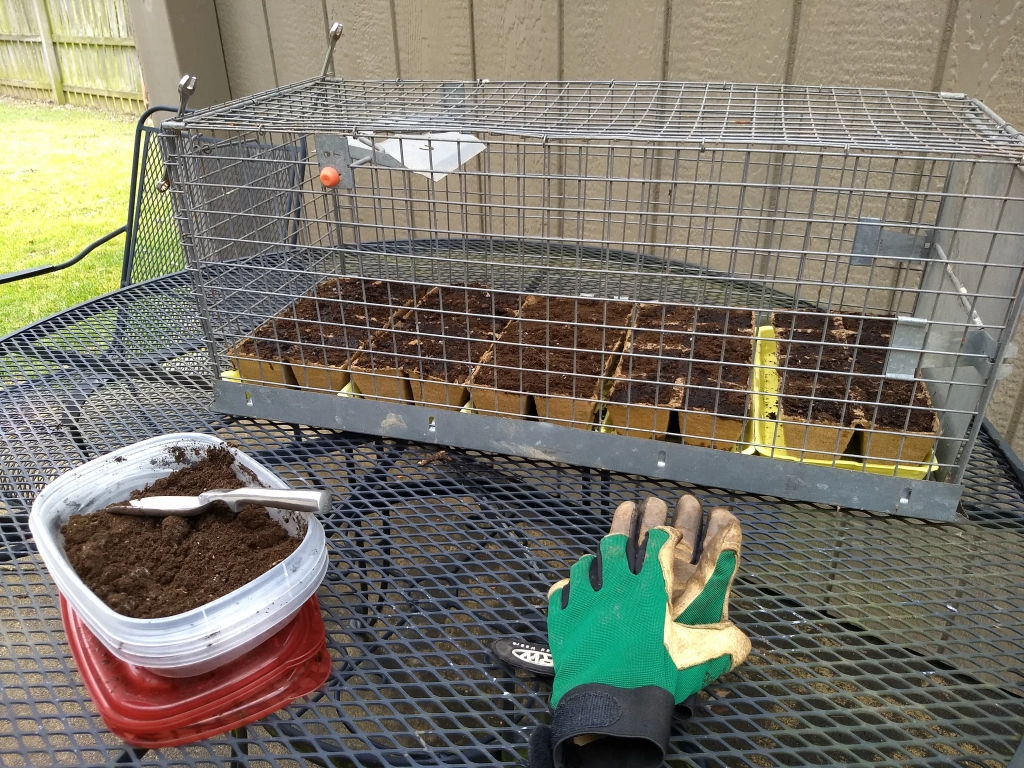
Responding to the loss oak seedlings ruined by squirrels going for the meat of the acorn…I have turned the table! Using a small cage to keep wild life out and protect future tree…rather than keep animals IN. 45 acorns in peat pots.
Hmmmm…what yield will we have? ZERO 😦











